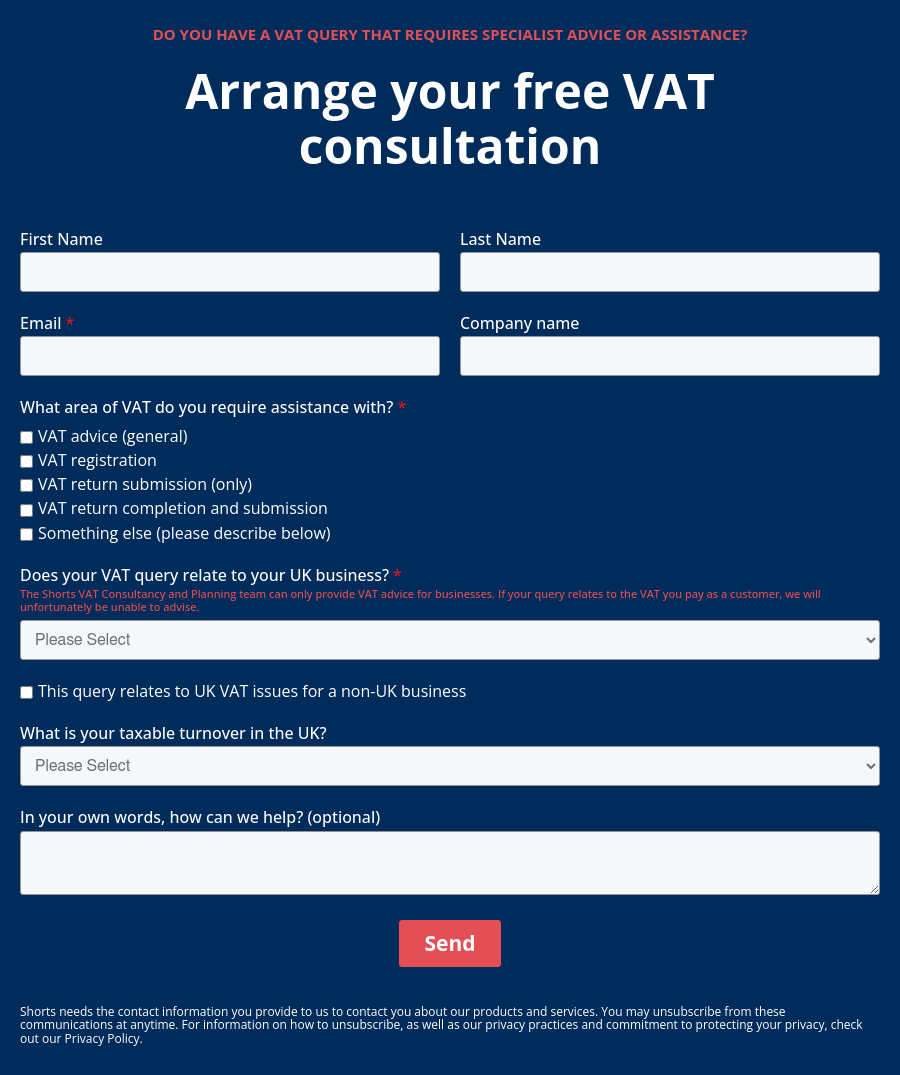
The Domestic Reverse Charge is a process that reverses the usual way of VAT accounting where the supplier charges VAT to the buyer, in particular types of transaction within the construction industry.
Under the domestic reverse charge procedure, the buyer (contractor) accounts for the VAT rather than the supplier (subcontractor). The buyer (contractor) will account for the VAT on their VAT return as both output tax (VAT on sales) and input tax (VAT on purchases).
When does the Domestic Reverse Charge apply?
The domestic reverse charge applies if you provide or receive building and construction services which:
- are reported within the Construction Industry Scheme (CIS); and
- are subject to VAT at the standard or reduced rate
and both you and your supplier or customer (as applicable) are VAT registered in the UK.
Domestic Reverse Charge exceptions
The domestic reverse charge does not apply when either:
- The services are being supplied to an end user or “intermediary”
- The supply is a supply of construction workers by an employment business rather than a supply of sub-contract labour
Is your customer an end user or intermediary?
End users
Consumers and final customers are called end users. Apart from consumers, final customers are businesses, or groups of businesses, that are VAT and Construction Industry Scheme registered but do not make onward not supplies of the building and construction services supplied to them.
The reverse charge does apply to supplies to end users.
Intermediaries
Intermediary suppliers are VAT and Construction Industry Scheme registered businesses that are connected or linked to end users. If intermediary suppliers buy construction services and re-supply them to a connected or linked end user, without making material alterations to the supplies, the intermediary and subsequent purchasers are all treated as if they are end users, and the reverse charge does not apply.
Are you supplying construction workers or labour only construction services?
Construction workers
The customer receiving the workers will be responsible for overseeing the completion of the work carried out. The reverse charge does not apply.
Labour only construction services
The business supplying the labour will be responsible for overseeing the completion of the work carried out by the workers. This is subject to the reverse charge.
Services covered by the domestic reverse charge
Most services reported under the Construction Industry Scheme are subject to the reverse charge. The reverse charge only applies to standard or reduced-rate services.
Examples of services to which the reverse charge applies are:
- Demolition, construction, or repairs to structures or land
- installing heating, lighting, air-conditioning, ventilation, power supply, drainage, sanitation, water supply or fire protection systems
- Cleaning or decorating a building during construction
A full list of included and excluded services can be found on the GOV.UK website.
What services are not covered?
The reverse charge does not apply to zero-rated construction services or to services not covered under the Construction Industry Scheme.
Examples of excluded services are:
- The work of architects, surveyors, landscapers, and decorators
- Installing seating, blinds and shutters
- Installing security systems, including burglar alarms, closed circuit television and public address systems
A full list of included and excluded services can be found on the GOV.UK website.
Does the Domestic Reverse Charge apply to materials?
The reverse charge applies to building and construction services and to any construction materials used directly in providing those services.
Invoicing reverse charge construction services
If you are issuing an invoice for reverse charge construction services, you must:
- show all the information required on a VAT invoice
- make a note on the invoice to make it clear that the domestic reverse charge applies, and that your customer is required to account for the VAT
- clearly state how much VAT is due under the reverse charge, or the rate of VAT if the VAT amount cannot be shown, but the VAT should not be included in the amount charged to the customer.
The VAT Regulations 1995 require invoices for services subject to the reverse charge to include the reference ‘reverse charge’. For example, ‘Reverse charge: Customer to pay the VAT to HMRC’.
Accounting for the domestic reverse charge on your VAT return
Supplies of construction services which are subject to the reverse charge that you make as subcontractor will only need to be included in box 6 of your VAT Return (value of sales excluding VAT). There is nothing to enter in box 1 (VAT due on sales) of your VAT return as it is the buyer’s responsibility to account for the VAT.
If you purchase domestic reverse charge services, you will need to account for the VAT in box 1 (VAT due on sales) of your VAT return but will not enter anything in box 6 (value of sales excluding VAT).
How to reclaim the VAT
To reclaim the VAT, you will need to enter the VAT amount on your reverse charge purchases in box 4 (VAT reclaimed on purchases) of your VAT return. The VAT-exclusive value is included in box 7 (value of purchases excluding VAT), as you normally would for standard-rated purchases.


Lynne Gill
My area of expertise is land and property transactions but I have extensive knowledge of both domestic and international VAT and I love complex VAT queries. I have an Honours degree in Business Studies and a VAT legal and technical qualification from the Institute of Indirect Taxation.
View my articlesTags: VAT


